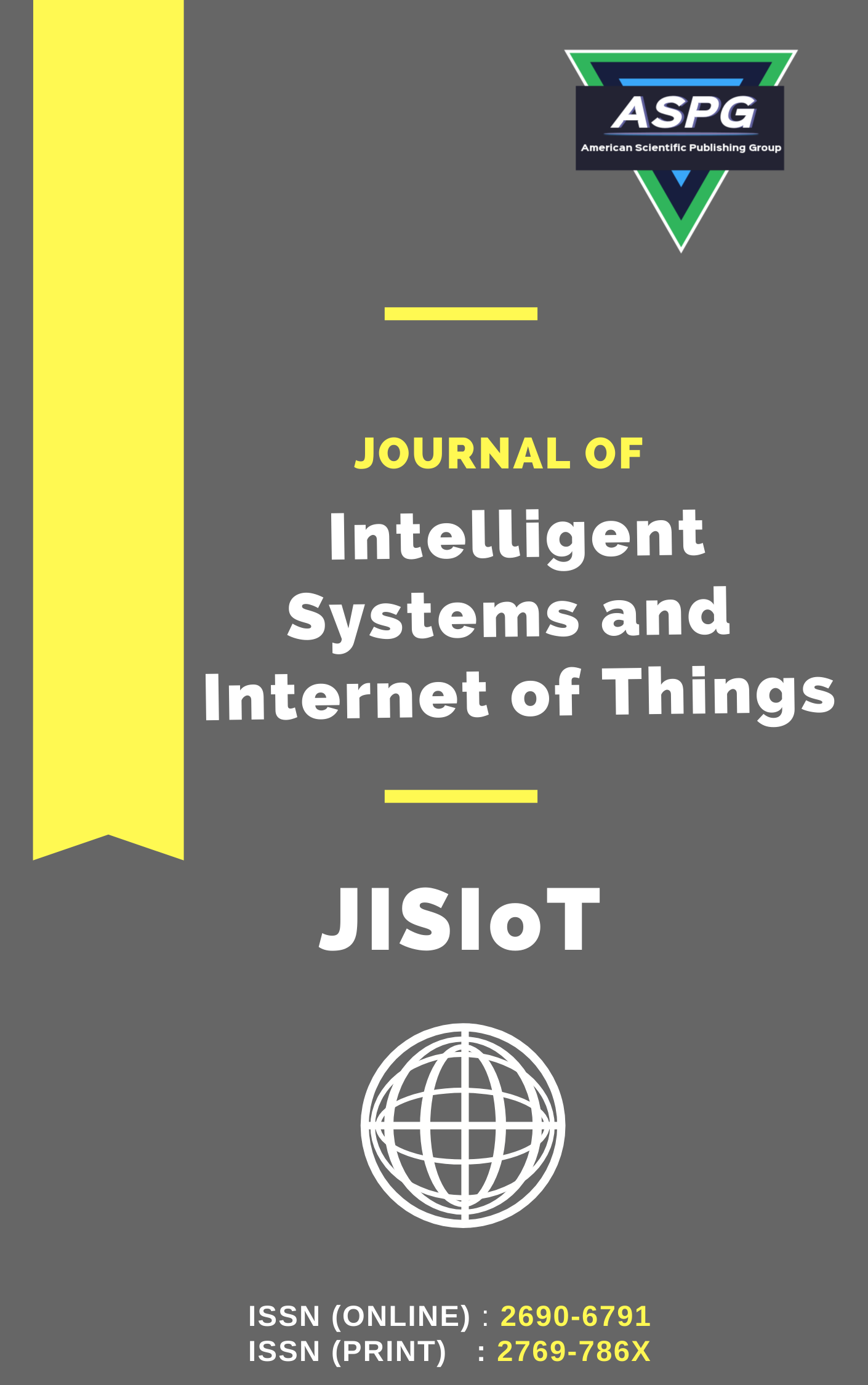

Volume 18 , Issue 2 , PP: 99-110, 2026 | Cite this article as | XML | Html | PDF | Full Length Article
Nadia Mahmood Ali 1 , Sameer Abdulsttar Lafta 2 , Amaal Ghazi Hamad Rafash 3 *
Doi: https://doi.org/10.54216/JISIoT.180207
Nowadays, with the proliferation of mobile devices and the internet around the world that are available for everyone, and due to the low prices versus their high capabilities, images are considered one of the most common ways of transmitting information between users, advancement of image processing and editing tools, simplified the process of editing and changing photographs such as in magazines, newspapers, scientific journals, and on social media or on the Internet. As a result, the propagation of manipulated photographs that misrepresent the truth is prevalent, whether deliberate or inadvertent. We propose a method that uses deep learning based convolutional neural network in order to detect instances of the copy-move forgeries in images which can help to ensure data authenticity in digital forensic investigations. In this case, our method is intended to improve digital evidence integrity by detecting complicated changes quickly and precisely. This work can supports cybersecurity applications like anti-fraud systems, fake news detection, and social media forensics. The findings of the experiment demonstrate that the suggested approach is capable of detecting forgery against multiple copies and post-processing activities. The dataset's images used for both training and testing are MICC-F2000, composed of 2,000 images, 700 tamper and 1,300 originals. The findings indicate a testing accuracy of 98.00% and a training accuracy of 99.17%.
Image forgery , Copy-move , Digital forensics , Deep learning , Convolutional neural network
[1] M. Sivakumar, P. Roy, K. Harmsen, and S. Saha, "Satellite remote sensing and GIS applications in agricultural meteorology," in Proc. Training Workshop Dehradun, India, AGM-8, WMO/TD, 2004.
[2] M. Zandi, A. Mahmoudi-Aznaveh, and A. Talebpour, "Iterative copy-move forgery detection based on a new interest point detector," IEEE Trans. Inf. Forensics Security, vol. 11, no. 11, pp. 2499–2512, 2016.
[3] M. V. K. Sivakumar, P. S. Roy, K. Harmsen, and S. K. Saha, "Satellite remote sensing and GIS applications in agricultural meteorology," in Proc. Training Workshop Dehradun, India, AGM-8, WMO/TD, vol. 1182, 2004.
[4] S. Walia and K. Kumar, "Digital image forgery detection: systematic scrutiny," Aust. J. Forensic Sci., vol. 51, pp. 1–39, 2018.
[5] B. Shivakumar and S. S. Baboo, "Automated forensic method for copy-move forgery detection based on Harris interest points and SIFT descriptors," Int. J. Comput. Appl., vol. 27, no. 3, pp. 9–17, 2011.
[6] A. Kuznetsov, "Digital image forgery detection using deep learning approach," in J. Phys.: Conf. Ser., vol. 1368, no. 3, p. 032028, Nov. 2019.
[7] D. Mallick et al., "Copy move and splicing image forgery detection using CNN," in ITM Web Conf., vol. 44, 2022.
[8] R. Thakur and R. Rohilla, "Copy-move forgery detection using residuals and convolutional neural network framework: a novel approach," in 2019 2nd Int. Conf. Power Energy, Environ. Intell. Control (PEEIC), 2019.
[9] A. B. Z. Abidin et al., "Copy-move image forgery detection using deep learning methods: a review," in 2019 6th Int. Conf. Res. Innovation Inf. Syst. (ICRIIS), 2019.
[10] [Y. Rao and J. Ni, "A deep learning approach to detection of splicing and copy-move forgeries in images," in 2016 IEEE Int. Workshop Inf. Forensics Security (WIFS), 2016.
[11] D.-H. Kim and H.-Y. Lee, "Image manipulation detection using convolutional neural network," Int. J. Appl. Eng. Res., vol. 12, no. 21, pp. 11640-11646, 2017.
[12] Y. Zhu et al., "AR-Net: Adaptive attention and residual refinement network for copy-move forgery detection," IEEE Trans. Ind. Informat., vol. 16, no. 10, pp. 6714-6723, 2020.
[13] N. M. AlShariah, A. Khader, and J. Saudagar, "Detecting fake images on social media using machine learning," Int. J. Adv. Comput. Sci. Appl., vol. 10, no. 12, pp. 170-176, 2019.
[14] I. Amerini, L. Ballan, R. Caldelli, A. Bimbo, and G. Serra, "A sift-based forensic method for copy-move attack detection and transformation recovery," IEEE Trans. Inf. Forensics Security, vol. 6, no. 3, pp. 1099-1110, 2011.
[15] J. Li, H. Zhang, and L. Wang, "SPA-Net: A deep learning approach enhanced using a span-partial structure and attention mechanism for copy-move forgery detection," Sensors, vol. 23, no. 14, p. 6430, 2023, doi: 10.3390/s23146430.
[16] T. Mahmood et al., "A robust technique for copy-move forgery detection and localization in digital images via stationary wavelet and discrete cosine transform," J. Vis. Commun. Image Represent, vol. 53, pp. 202-214, 2018.
[17] R. M. Yas and S. H. Hashem, "Intelligent approaches for enhancing networked routing protocol," Iraqi J. Sci., vol. 62, no. 11, pp. 4121–4147, 2021, doi: 10.24996/ijs.2021.62.11.32.